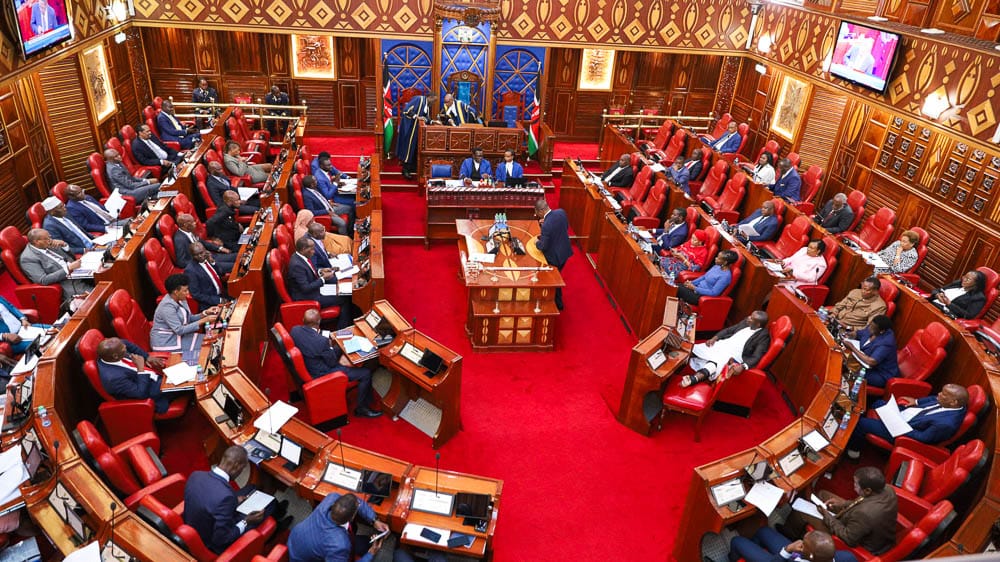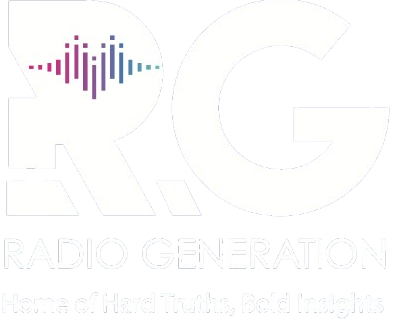The Senate is deeply divided over the best formula for sharing national revenue among counties, with senators pushing for changes that would benefit their regions.
The debate centres on key factors such as population size, landmass, and poverty levels, as lawmakers scrutinise conflicting proposals from the Senate Finance and Budget Committee and the Commission on Revenue Allocation (CRA).
During a recent session chaired by Mandera Senator Ali Roba, senators vigorously challenged the existing formulas, pressing for revisions that would increase funding for their counties.
The clash brought back memories of 2020 when senators failed ten times to approve a revenue sharing formula, forcing then-President Uhuru Kenyatta to intervene by allocating an extra Sh53 billion to counties to ensure no losses.
Tana River Senator Danson Mungatana proposed that disaster-prone counties be given special consideration, citing the frequent flooding that affects his and other lowland counties.
“Some counties are disaster-prone. I’m imploring the committee to introduce disaster as a parameter, even with a weight of just one per cent,” he said.
Kitui Senator Enoch Wambua pushed for a greater weight on geographical size, highlighting the difficulties in delivering services across large, remote areas.
“The distance, time and cost to deliver services must be considered. For example, drugs leaving Kemsa reach Nairobi within hours but take up to two weeks to reach Mandera,” he explained.
Elgeyo Marakwet Senator William Kisang’ proposed a minimum county allocation of Sh6 billion, noting that some counties, including Isiolo and Lamu, receive less than this and struggle to deliver services. Isiolo Senator Fatuma Dullo called for livestock to be included as a factor, arguing pastoralist communities need budget support alongside agriculture. “Why is CRA considering agriculture but ignoring livestock? We also need a budget to support our livestock sector,” she stated.
Senator Roba responded that his committee avoided sector-specific parameters to reduce conflict and recommended a full overhaul of CRA’s formula to ensure no county gets less than its current allocation.
The committee set a baseline of Sh387.42 billion, matching this year’s county equitable share, guaranteeing no county receives less going forward.
Any additional funds will be distributed using a revised formula that increases the equal share to 35 per cent and reduces the poverty index weight to 12 per cent. Population remains at 45 per cent, while geographical size is weighted at eight per cent, capped at 10 per cent.
The committee also dropped the ‘income distance’ index and dismissed a stabilising factor proposed by the commission.
Meanwhile, CRA’s formula assigns the highest weight to population at 42 per cent, with geographical size at nine per cent and income distance at 13 per cent.
CRA chairperson Mary Chebukati urged that counties receive a minimum of Sh417 billion to protect them from revenue losses, recommending population and landmass as key parameters for transfers.

